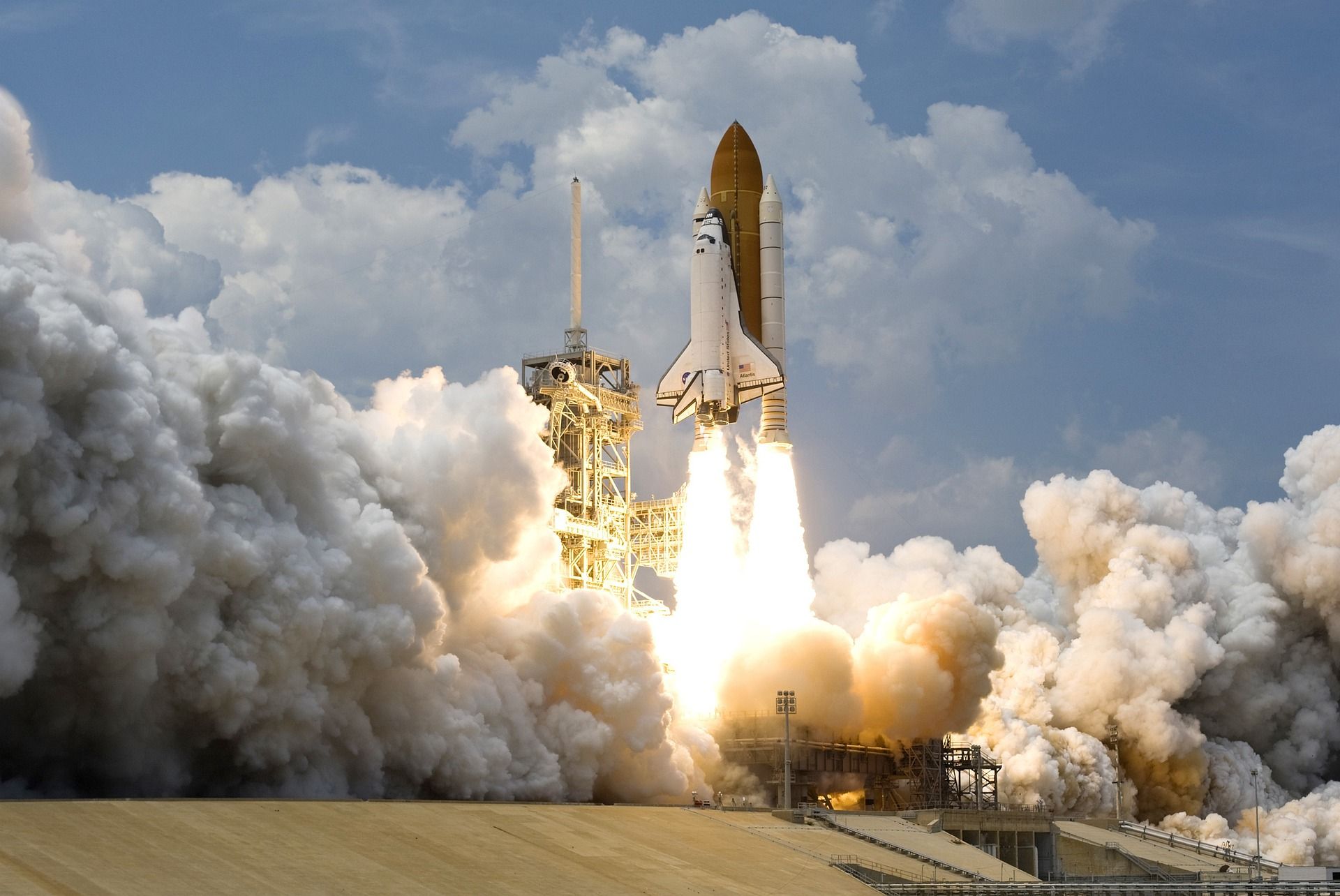
Space is a vast place and humans explore it to learn more about their existence. So, countries around the world have formed agencies to make revolutionary discoveries through space missions.
Similarly, India has assigned ISRO for this role. The Indian Space Research Organisation (ISRO) which was formed in August 1969, has launched around 150 satellites. India is among some of the nations planning to explore the moon in-depth, collect samples and in the long-run build bases for astronauts to live in.
While ambitious, the lunar exploration Chandrayaan 2 that set off on 22nd July 2019 did not manage to soft land and failed to fulfil its objective. This time around, India plans to complete what it started, with Chandrayaan 3–whose aim is to attempt to reach the polar regions of the moon.
Why did Chandrayaan 2 fail?
Unfortunately, the satellite which was bound to the south polar region of the moon ceased communication to the ground stations when it reached an altitude of 2.1 km from the lunar’s surface.
The key challenge is to ensure the spacecraft’s rocket engines fire and allow the lander which carries the rover to set on the moon. Moon’s low gravity, less atmosphere, and lots of dust make it difficult for landing. This time ISRO is trying to ensure the timing of firing will be precise and the lander along with the rover will successfully land on the surface of the moon.
.thumbnailWrapper
width:6.62rem !important;
.alsoReadTitleImage
min-width: 81px !important;
min-height: 81px !important;
.alsoReadMainTitleText
font-size: 14px !important;
line-height: 20px !important;
.alsoReadHeadText
font-size: 24px !important;
line-height: 20px !important;

If ISRO’s Chandrayaan 3 achieves a soft landing then it will make India the fourth nation in the world after the United States, Russia, and China to fulfill this mission.
India’s growth in space technology
India has recently recorded positive growth in spacetech, especially after the Indian government announced the approval of India’s Space Policy. This policy is said to play a major role in boosting investments as it opens the door for the private sector to participate in India’s development in space technology.
India’s space sector was valued at $9.6 billion and contributed 2%-3% of the global space economy, as per Invest India. With this new space policy, ISRO missions are set to improve with collaborations from non-government entities, research communities, and startups.
Edited by Akanksha Sarma










